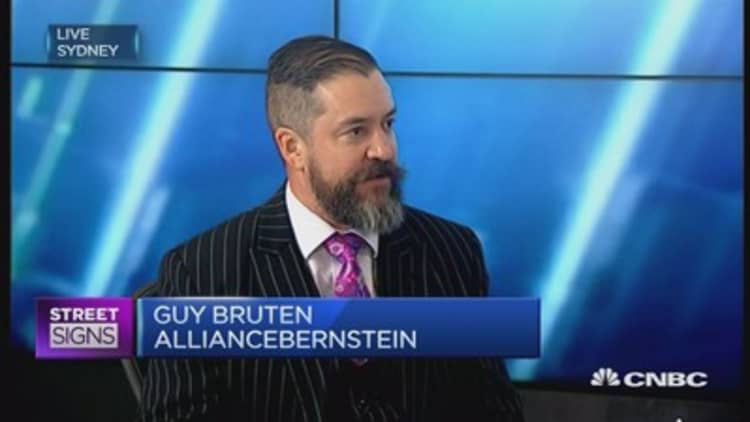Business investment by Australian companies slumped a record 9.2 percent in the September quarter, causing the Aussie dollar to drop 0.4 percent against the greenback.
The Australian Bureau of Statistics survey for the quarter showed that total new private capital expenditure fell to 31.4 billion Australian dollars, a 20 percent year-on-year, seasonally adjusted fall.
Investment in buildings and structures was down 9.8 percent at 19.8 billion Australian dollars, while spending on equipment, plant and machinery was down 8.2 percent at 11.5 billion Australian dollars.

Companies also anticipated spending less on capex in 2015-2016 than they did in 2014-2015. The survey included the fourth estimate for 2015-2016 expenditure, which came in at $120.3 billion, almost 21 percent lower than the fourth estimate for the previous fiscal year.
The fourth estimate was, however, higher than estimate three, which was for 114.8 billion in capex spending.
The Aussie dropped a quarter of a cent to $0.7230 when the survey was released.
Su-Lin Ong, a senior economist at RBC Capital Markets, said that the fall in the key plant and equipment spending category could force downwards revisions to the country's growth.
"Weakness is across the board, in services and capex. Total spending in plants looks largely unchanged since the last time so there are still pretty soft numbers all around," Ong said.
Australian annual gross domestic product came in at 2 percent in the June quarter. September quarter growth data are due on December 2.
After a decade of rapid expansion, mining investment is winding down sharply as projects reach completion and lower resource prices force cost cutting, which has been reflected in the capex numbers for some time.


